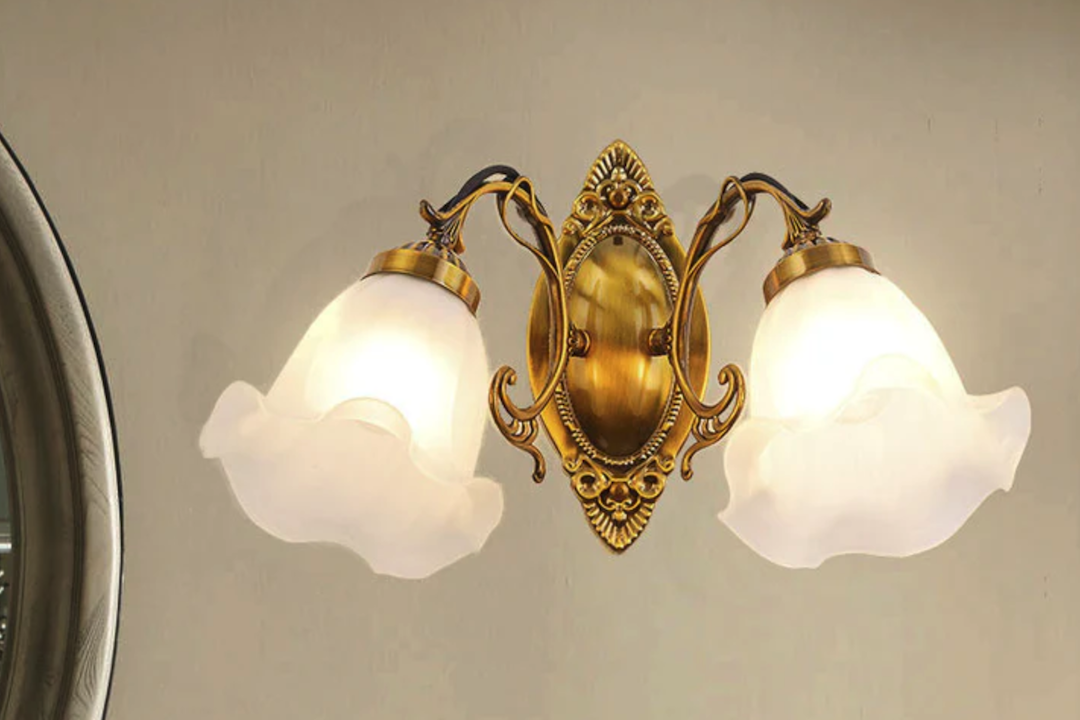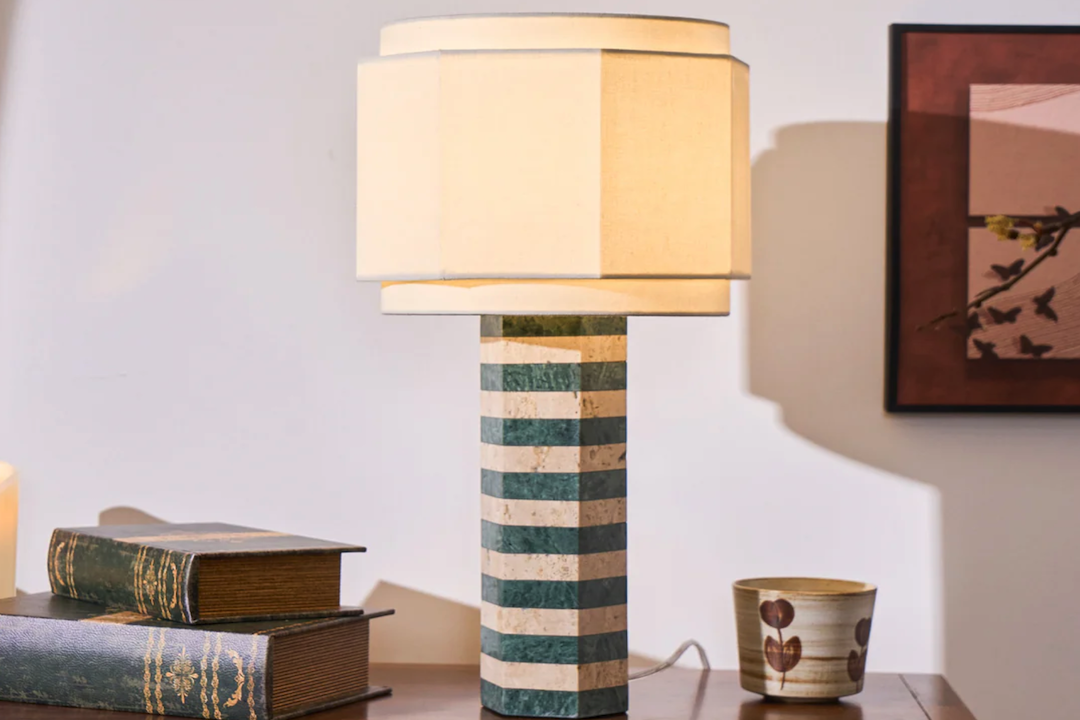Lighting plays a pivotal role in shaping the atmosphere of any space, particularly in the living room, which often serves as the heart of the home. The right lighting can transform a mundane area into a warm and inviting environment, enhancing both functionality and aesthetic appeal. It influences not only how we perceive colors and textures but also how we feel emotionally.
For instance, soft, warm lighting can create a cozy and intimate setting, perfect for gatherings or quiet evenings, while bright, cool lighting can energize a space, making it feel more open and vibrant. Moreover, the impact of lighting extends beyond mere aesthetics; it can also affect our mood and behavior. Studies have shown that exposure to different types of lighting can influence our productivity levels, relaxation, and even our social interactions.
In a living room, where families often come together to unwind or entertain guests, the choice of lighting can significantly enhance the overall experience. Understanding these dynamics is crucial when selecting fixtures like chandeliers, as they not only illuminate but also serve as artistic statements that reflect personal style.
Choosing the Right Chandelier for Your Living Room
Complementing the Existing Decor
A chandelier should complement the existing decor while also serving as a statement piece that draws attention. For instance, in a contemporary living room characterized by clean lines and minimalistic decor, a sleek, modern chandelier with geometric shapes can enhance the aesthetic without overwhelming it.
Functionality and Ceiling Height
The function of the living room should guide your chandelier choice. If the space is primarily used for entertaining, a larger chandelier with multiple bulbs may be appropriate to provide ample light for social gatherings. On the other hand, if the living room is more of a cozy retreat for relaxation, a smaller fixture with softer lighting might be more suitable. It’s also essential to consider the height of the ceiling; a grand chandelier can make a statement in a room with high ceilings, while lower ceilings may require a more compact design to avoid overwhelming the space.
Classic vs. Modern Designs
Conversely, in a traditional setting adorned with ornate furnishings, a classic crystal chandelier can add an element of elegance and sophistication.
Installing Your Chandelier Safely and Securely
The installation of a chandelier is a task that requires careful planning and execution to ensure safety and stability. Before beginning the installation process, it is crucial to turn off the power at the circuit breaker to prevent any electrical accidents. If you are not comfortable working with electrical wiring, it is advisable to hire a professional electrician who can ensure that the chandelier is installed correctly and securely.
Once you have ensured that safety measures are in place, begin by selecting an appropriate location for your chandelier. Ideally, it should be centered over a seating area or coffee table to maximize its visual impact. The next step involves securely mounting the chandelier to the ceiling using appropriate hardware.
This may include using a ceiling hook or mounting bracket designed to support the weight of the fixture. After securing it in place, connect the wiring according to the manufacturer’s instructions, ensuring that all connections are tight and insulated to prevent any electrical hazards.
Creating a Focal Point with Your Chandelier
A chandelier can serve as a stunning focal point in your living room, drawing the eye and anchoring the overall design of the space. To achieve this effect, consider positioning the chandelier in a way that highlights its unique features while also complementing other design elements in the room. For example, if your chandelier boasts intricate detailing or vibrant colors, placing it above a neutral-colored sofa or coffee table can enhance its visibility and impact.
In addition to strategic placement, consider using complementary decor elements to further emphasize your chandelier as a focal point. This could involve incorporating artwork or decorative mirrors that reflect light from the chandelier, creating an interplay of illumination that enhances its presence. Additionally, using accent lighting such as wall sconces or table lamps can help to create layers of light in the room while ensuring that the chandelier remains the star of the show.
Enhancing the Ambiance of Your Living Room
The ambiance of your living room can be significantly enhanced through thoughtful lighting choices, particularly when incorporating a chandelier. The type of bulbs used in your chandelier can dramatically affect the mood of the space; for instance, warm white bulbs can create a cozy atmosphere ideal for relaxation, while cooler bulbs may be better suited for more vibrant social gatherings. Dimming capabilities can also play a crucial role in adjusting the ambiance according to different occasions.
Moreover, layering your lighting can further enhance the overall atmosphere of your living room. Combining your chandelier with other light sources such as floor lamps or recessed lighting allows for greater flexibility in creating different moods throughout the day. For example, during daytime hours when natural light floods in, you may opt for minimal artificial lighting; however, as evening approaches and you seek a more intimate setting, you can adjust your chandelier and additional lights to create a warm glow that invites relaxation and conversation.
Selecting the Perfect Size and Style for Your Space
When it comes to chandeliers, size matters significantly; an oversized fixture can overwhelm a small living room while an undersized one may get lost in a larger space. To determine the appropriate size for your chandelier, consider both the dimensions of your living room and its ceiling height. A common guideline is to add together the length and width of the room (in feet) and convert that total into inches to find an ideal diameter for your chandelier.
For example, if your living room measures 12 feet by 15 feet, you would look for a chandelier with a diameter of approximately 27 inches. Style is equally important when selecting a chandelier; it should harmonize with your existing decor while also reflecting your personal taste. For instance, if your living room features rustic elements such as exposed beams or wooden furniture, a wrought iron or wooden chandelier may enhance that aesthetic beautifully.
Alternatively, if your decor leans towards modern minimalism, consider sleek designs made from glass or metal with clean lines that contribute to an uncluttered look.
Incorporating Dimmer Switches for Versatile Lighting
Dimmer switches are an invaluable addition when it comes to maximizing the versatility of your chandelier’s lighting capabilities. By allowing you to adjust brightness levels according to different activities or moods, dimmers provide greater control over your living room’s ambiance. For instance, during movie nights or intimate gatherings, lowering the light can create a cozy atmosphere conducive to relaxation and enjoyment.
Installing dimmer switches is relatively straightforward but requires some electrical knowledge; if you’re unsure about handling electrical components safely, consulting with an electrician is recommended. Once installed, you’ll find that dimmers not only enhance functionality but also contribute to energy efficiency by allowing you to use only as much light as needed at any given time. This adaptability makes dimmer switches an essential feature for any modern living space.
Maintaining and Cleaning Your Chandelier
Regular maintenance and cleaning are essential for preserving both the functionality and beauty of your chandelier. Dust and grime can accumulate on light fixtures over time, diminishing their brilliance and potentially affecting their performance. To keep your chandelier looking its best, establish a cleaning routine that involves gently dusting it with a microfiber cloth or feather duster every few weeks to prevent buildup.
For deeper cleaning sessions, it’s important to turn off power to the fixture and allow it to cool down before proceeding. Depending on the material of your chandelier—be it crystal, glass, or metal—different cleaning solutions may be appropriate. For crystal chandeliers, using a mixture of warm water and mild dish soap can effectively remove dirt without damaging delicate surfaces.
For metal fixtures, specialized metal cleaners may be necessary to restore shine without causing corrosion.
Maximizing Natural Light in Combination with Your Chandelier
Natural light is an invaluable asset in any living space; it not only enhances mood but also reduces reliance on artificial lighting during daylight hours. To maximize natural light in conjunction with your chandelier, consider window treatments that allow ample sunlight to filter through while still providing privacy when needed. Sheer curtains or blinds that can be easily adjusted are excellent options for achieving this balance.
Additionally, strategically placing mirrors around your living room can amplify natural light by reflecting it throughout the space. Positioning mirrors opposite windows or near light sources will help distribute sunlight more evenly while also enhancing the overall brightness of the room. When combined with your chandelier’s illumination during evening hours or cloudy days, this approach creates an inviting atmosphere that feels open and airy.
Using Your Chandelier to Complement Your Decor
A well-chosen chandelier has the potential to tie together various elements within your living room decor seamlessly. When selecting a chandelier, consider how its design will interact with other furnishings and decorative accents in the space. For example, if your living room features bold colors or intricate patterns in upholstery or artwork, opting for a more understated chandelier can provide balance without competing for attention.
Conversely, if your decor leans towards minimalism or neutral tones, choosing a statement chandelier with unique shapes or vibrant colors can serve as an eye-catching focal point that adds character to the room. Additionally, incorporating decorative elements such as vases or sculptures that echo similar materials or colors found in your chandelier can create cohesion throughout your living space.
Incorporating Energy-Efficient Lighting Options
In today’s environmentally conscious world, incorporating energy-efficient lighting options into your chandelier design is not only beneficial for reducing energy consumption but also contributes to long-term cost savings on electricity bills. LED bulbs are an excellent choice for chandeliers due to their longevity and energy efficiency compared to traditional incandescent bulbs. They produce less heat and consume significantly less power while providing ample illumination.
When selecting LED bulbs for your chandelier, ensure they are compatible with dimmer switches if you plan on incorporating this feature into your lighting design. Many modern LED options are designed specifically for use with dimmers without flickering or buzzing noises commonly associated with older models. By choosing energy-efficient lighting solutions for your chandelier, you not only enhance sustainability but also enjoy beautiful illumination tailored to your living room’s needs.




